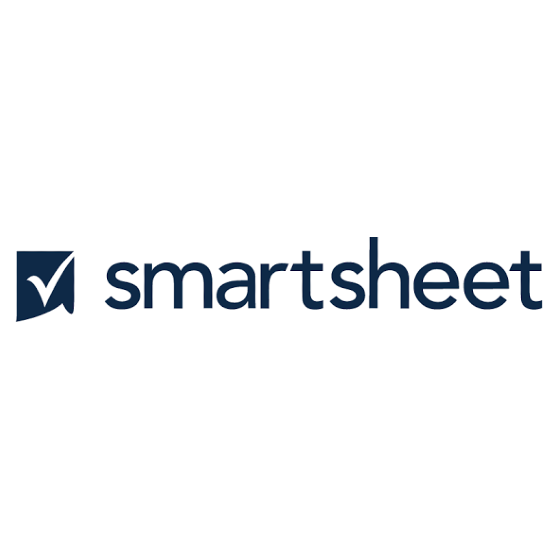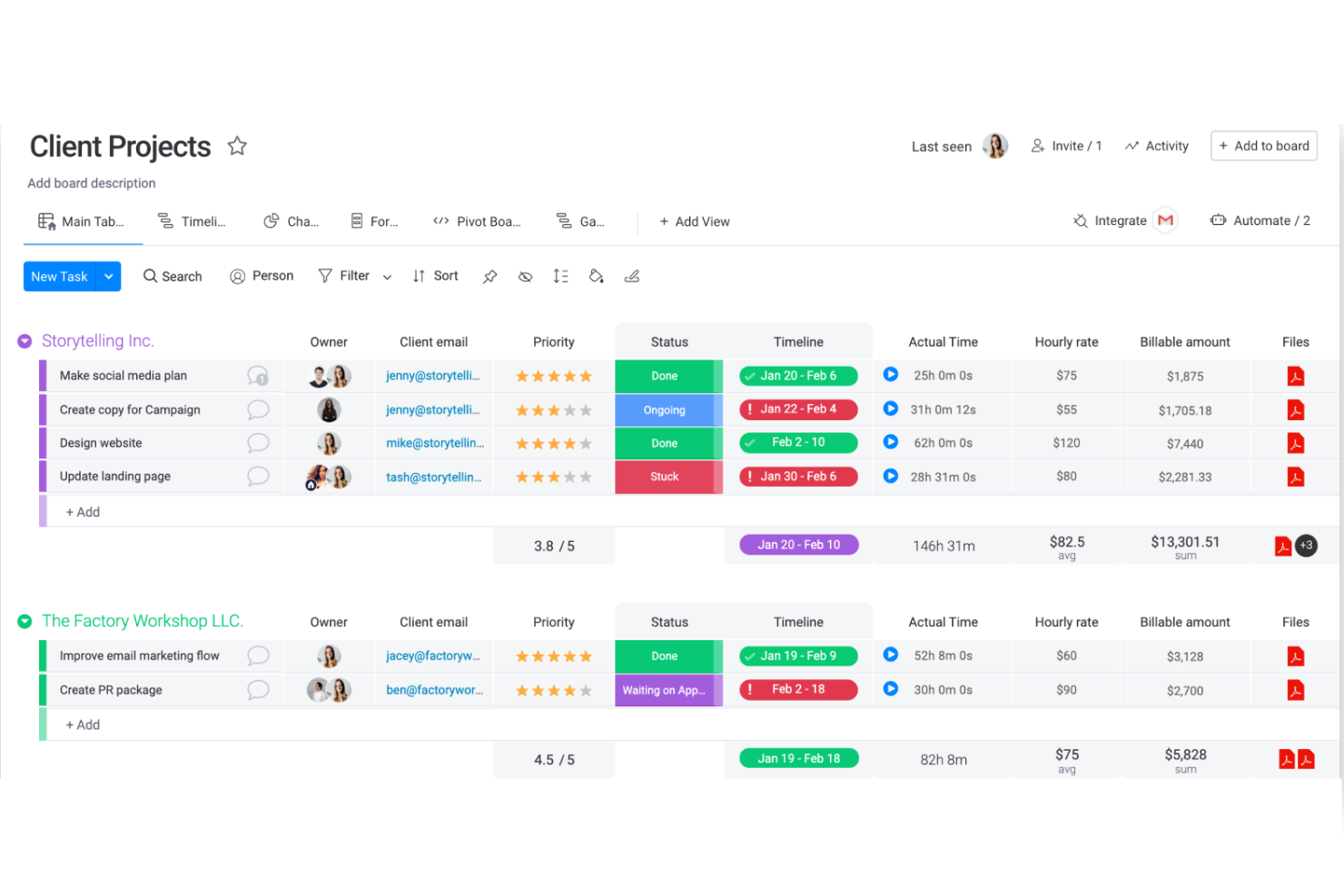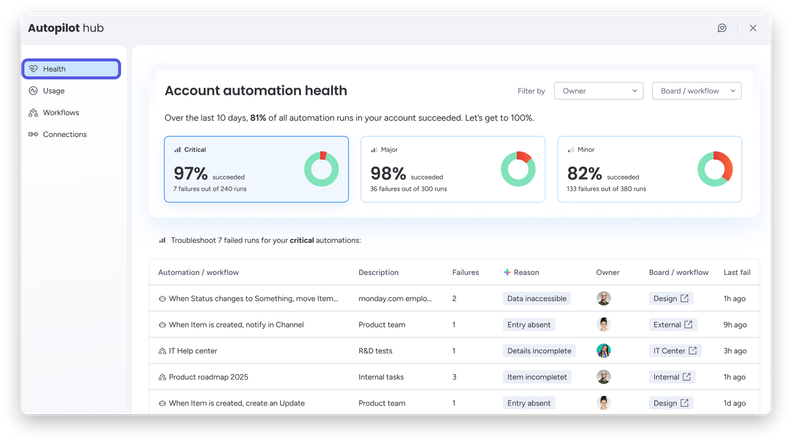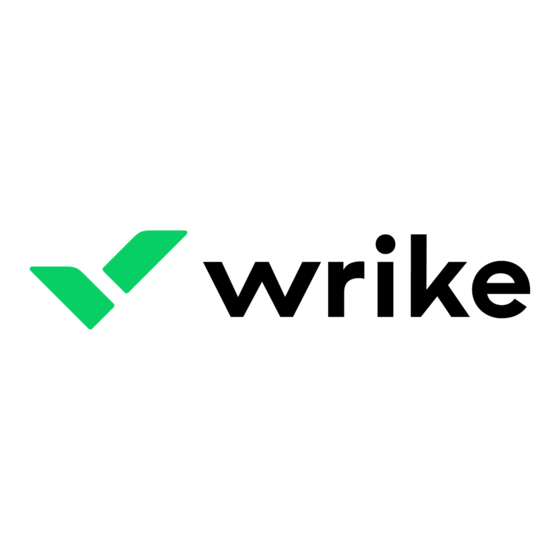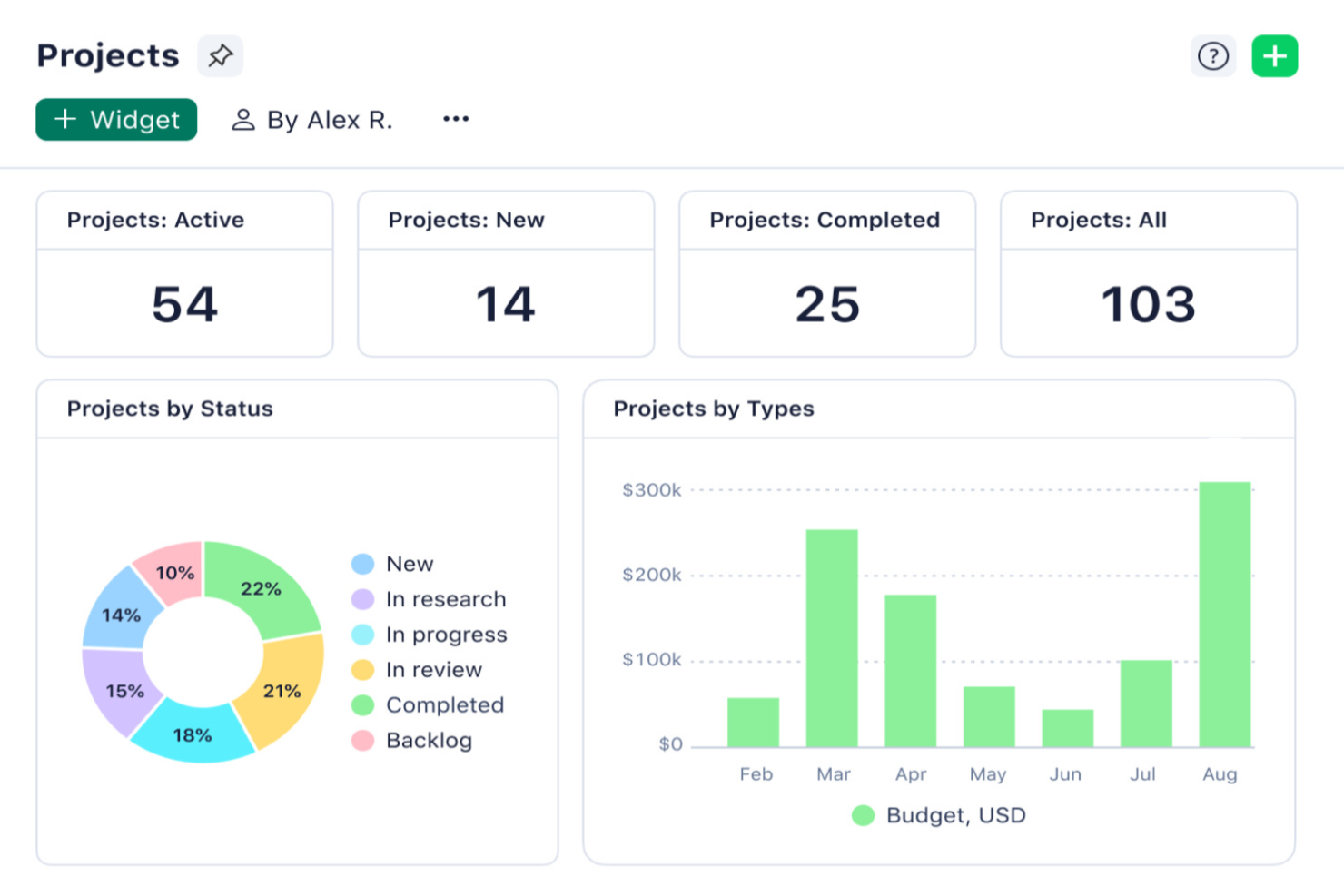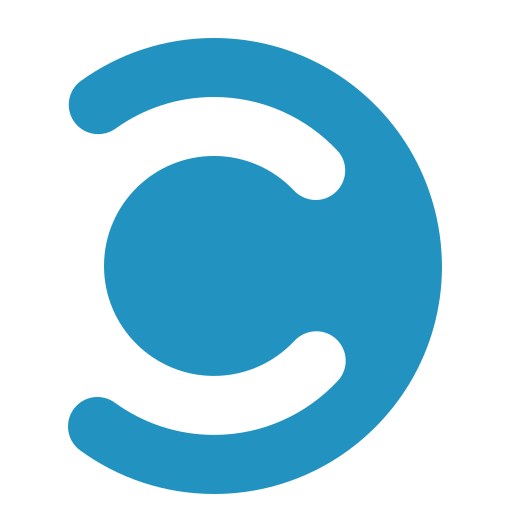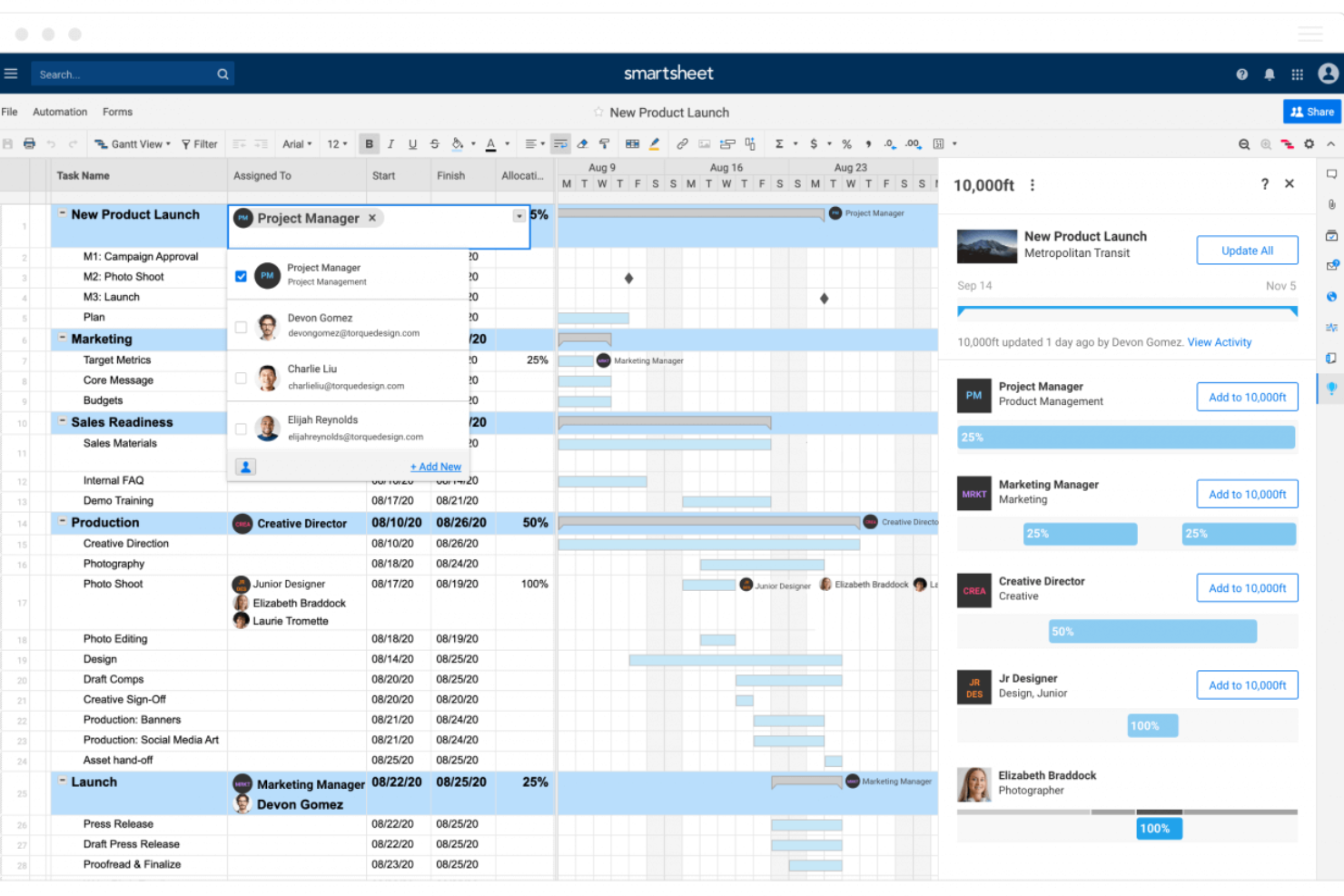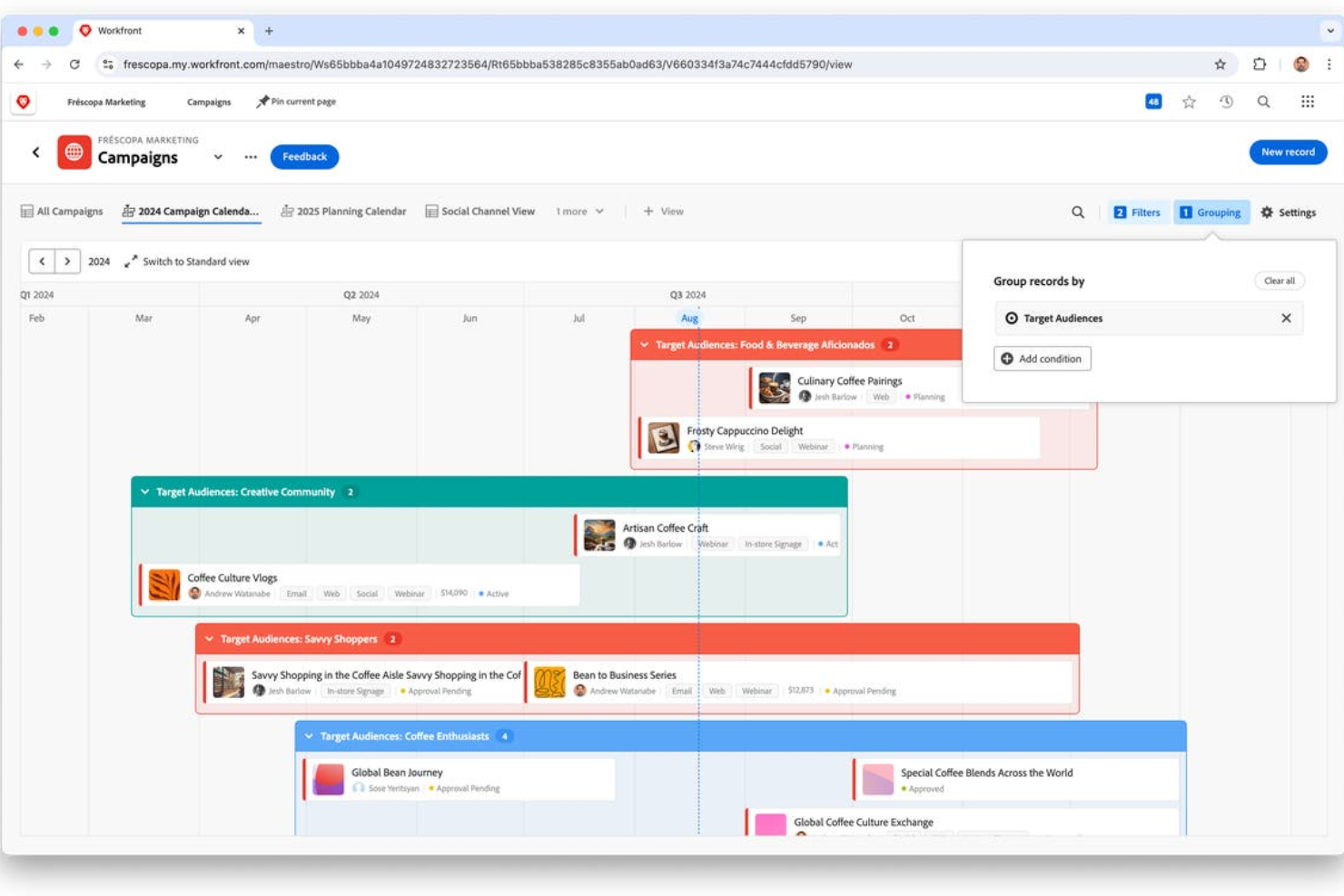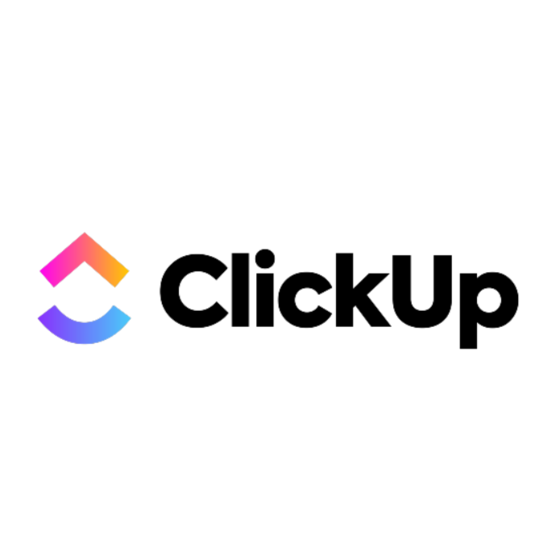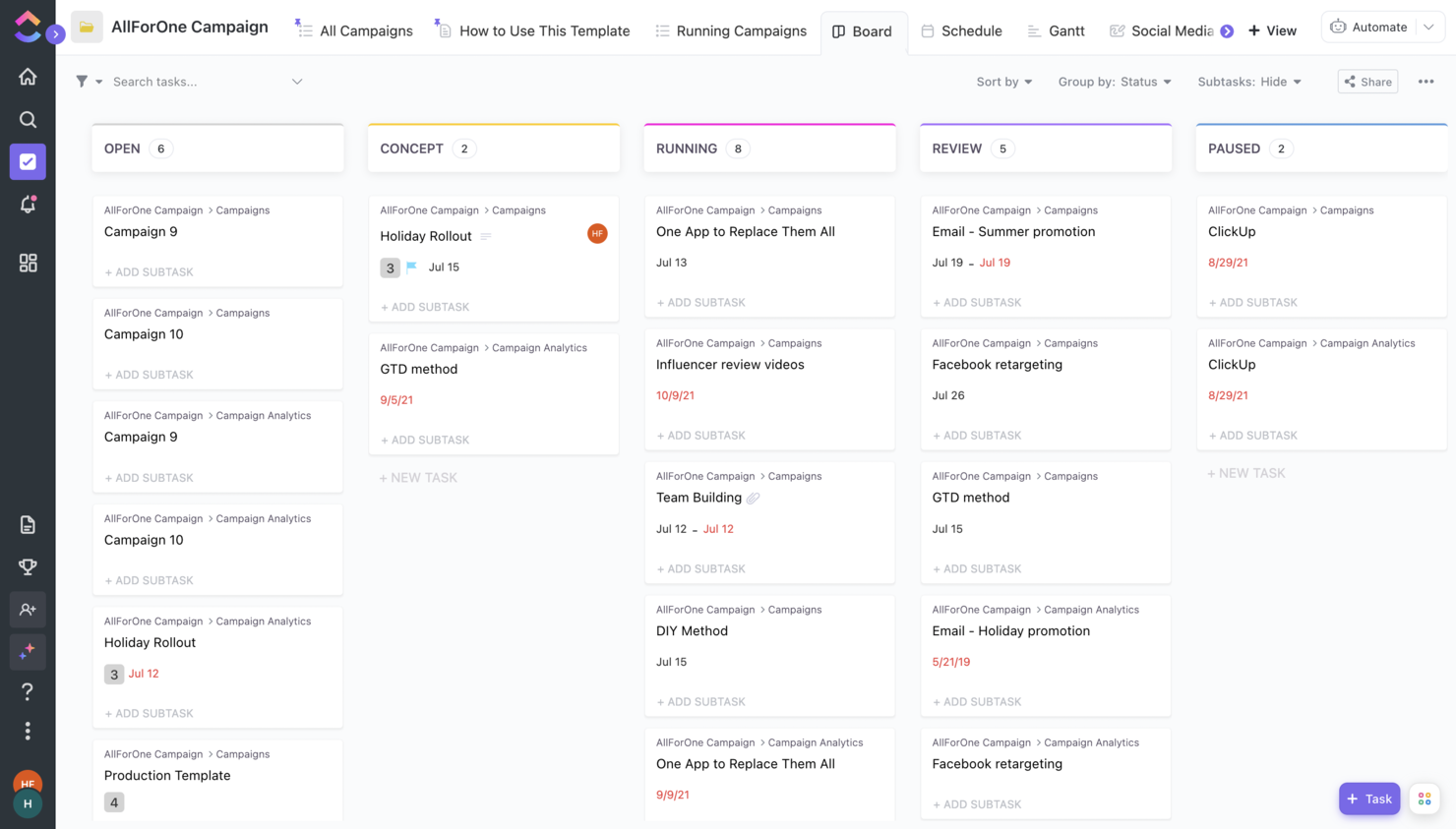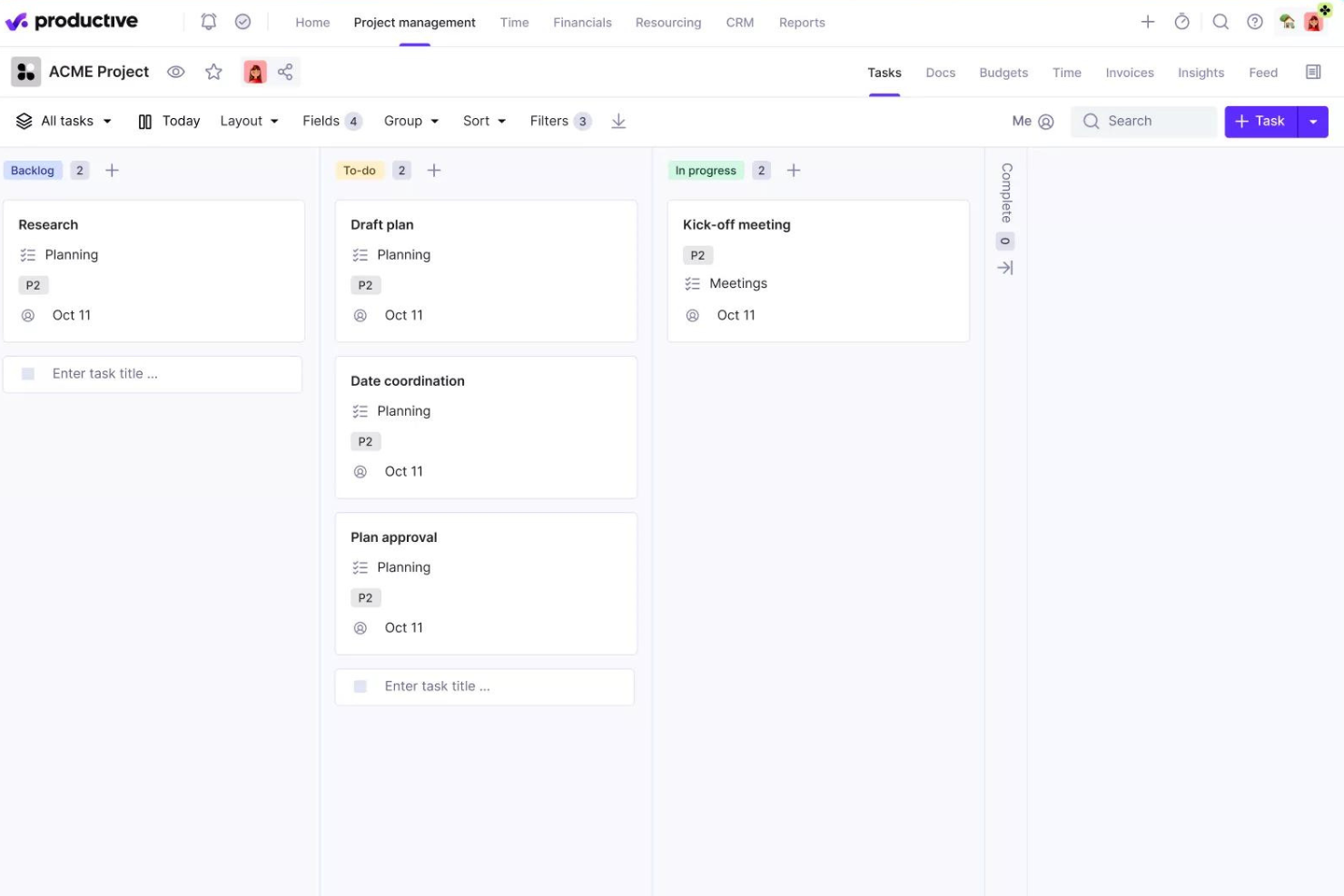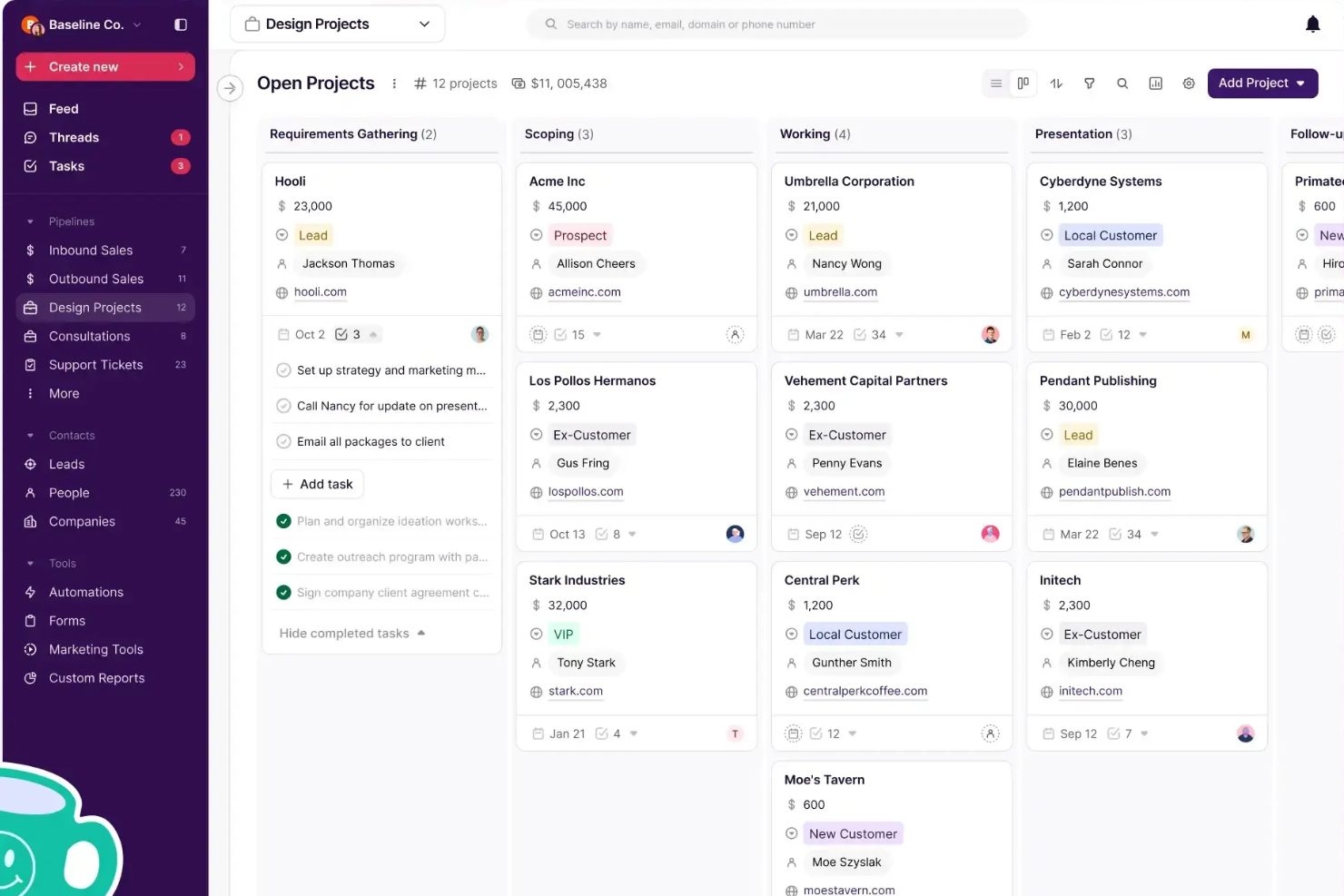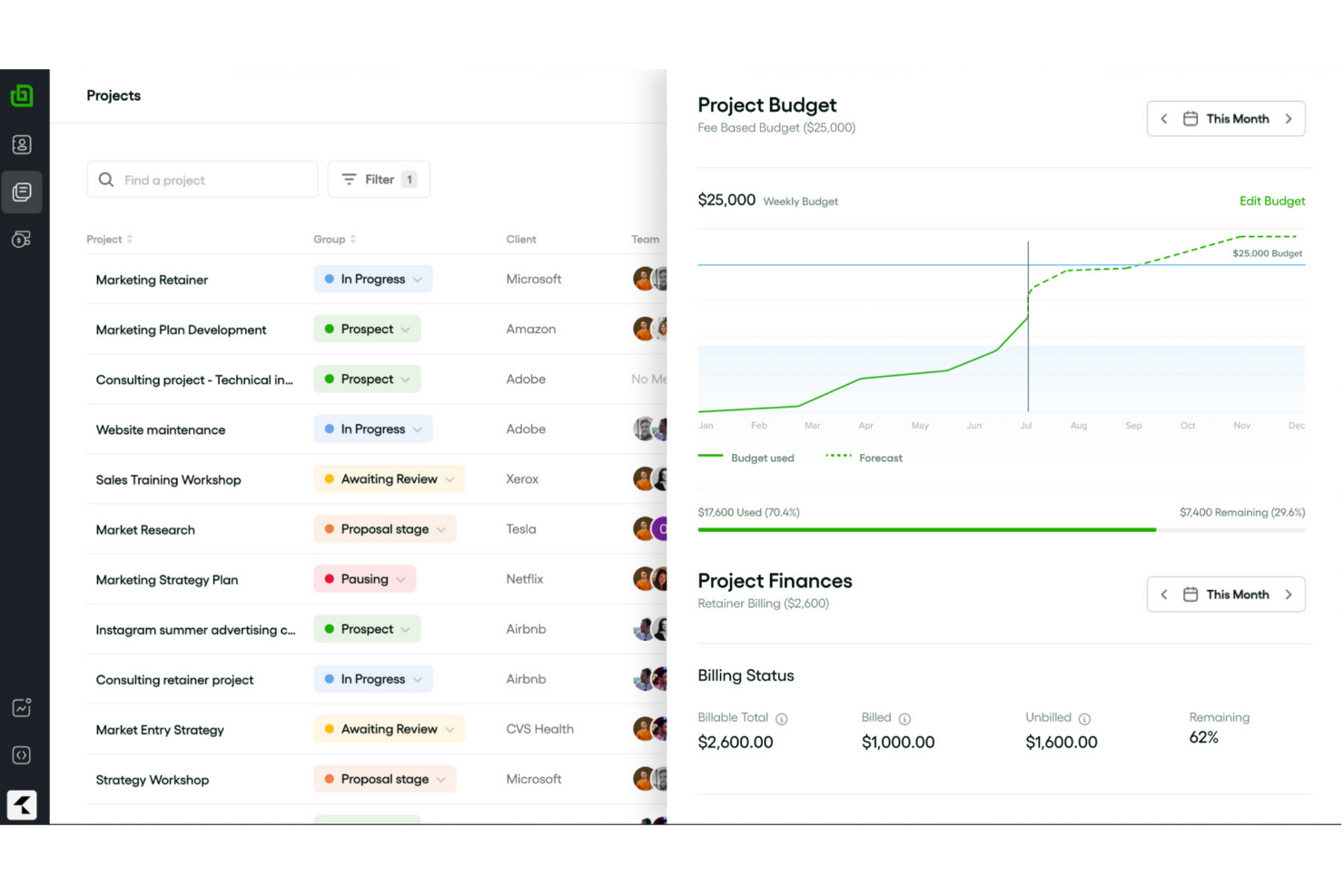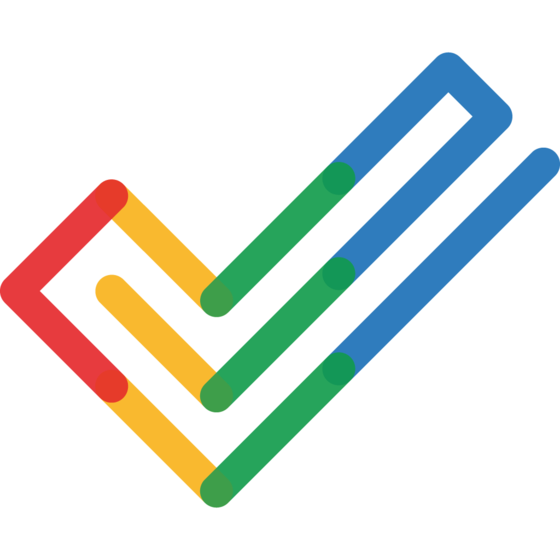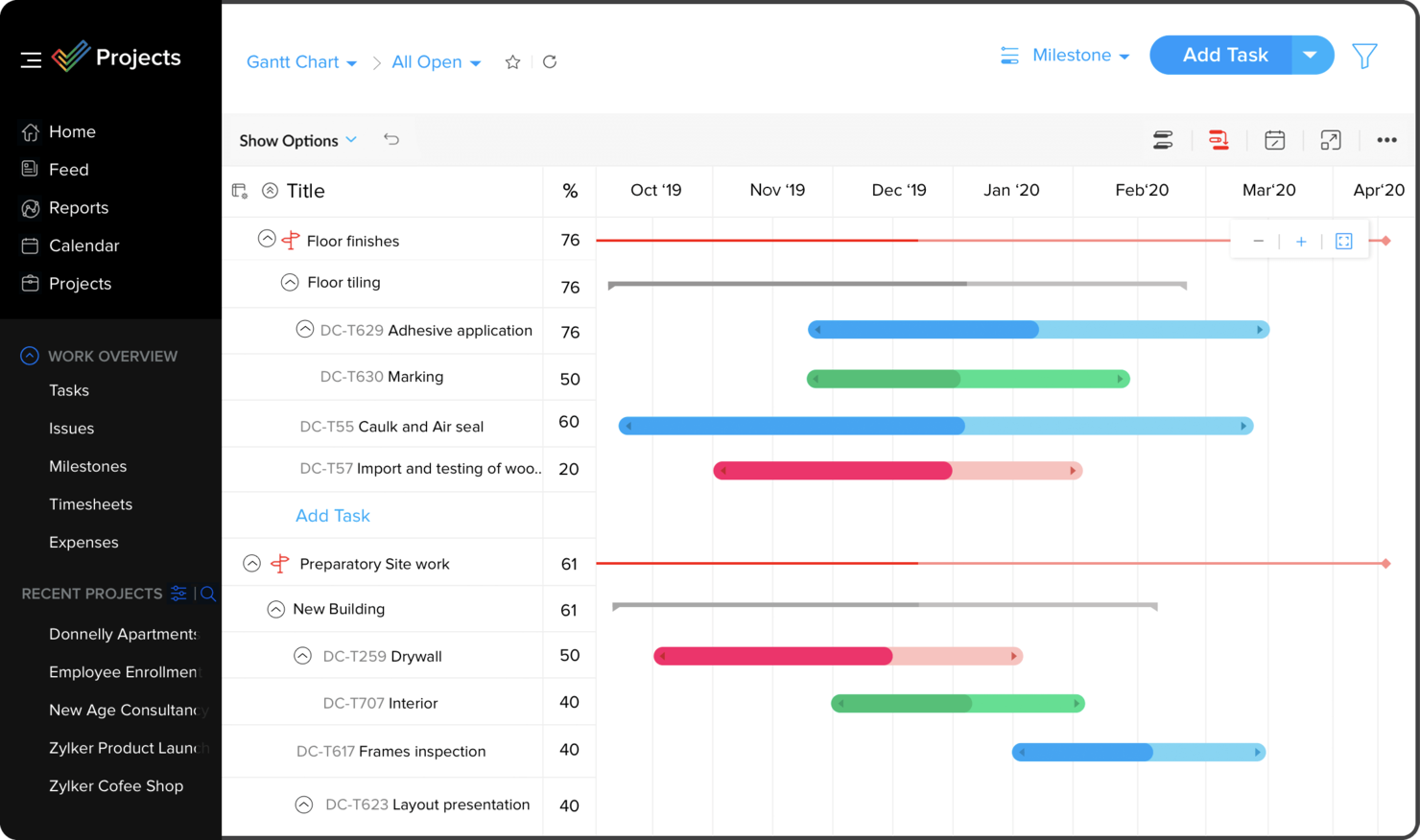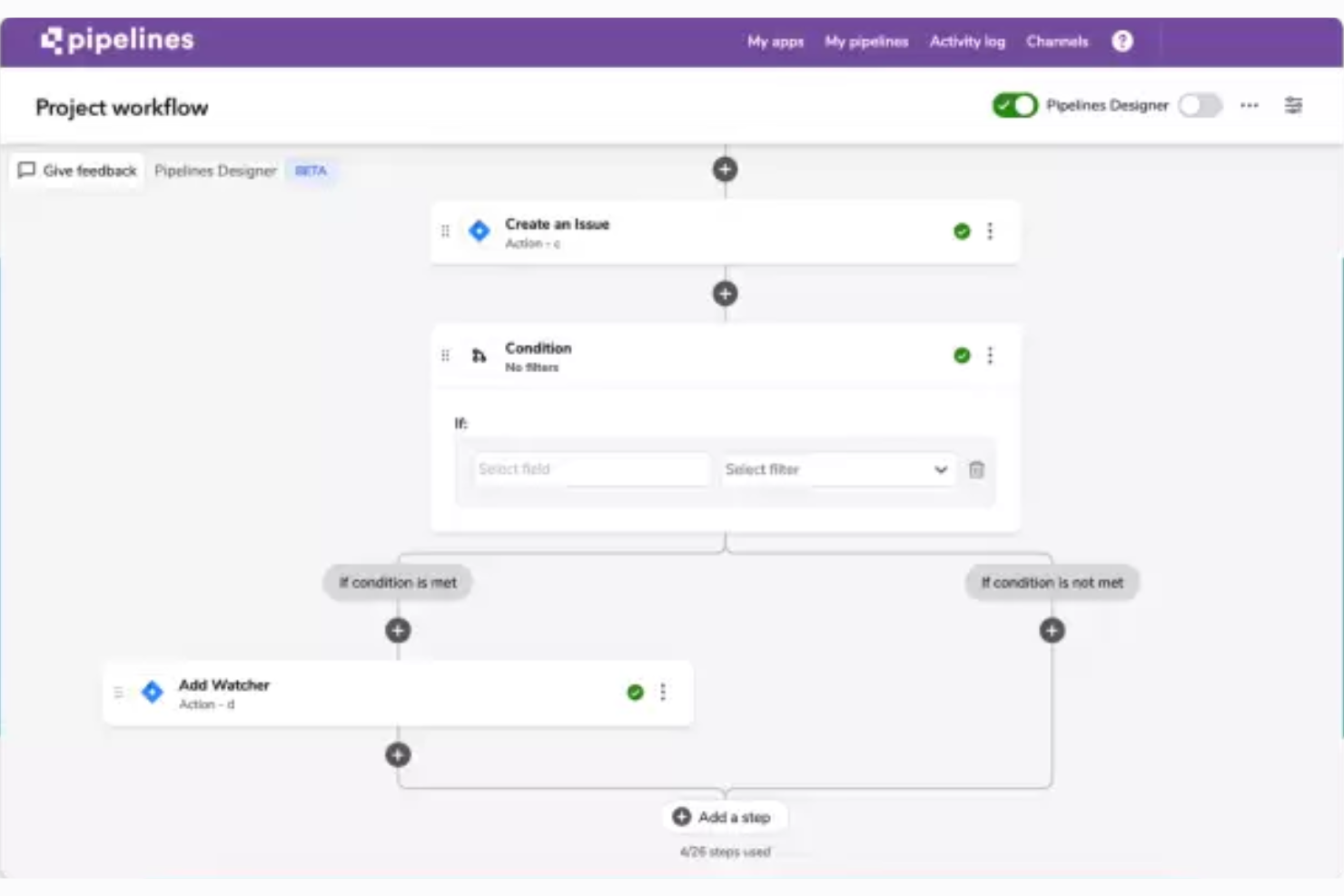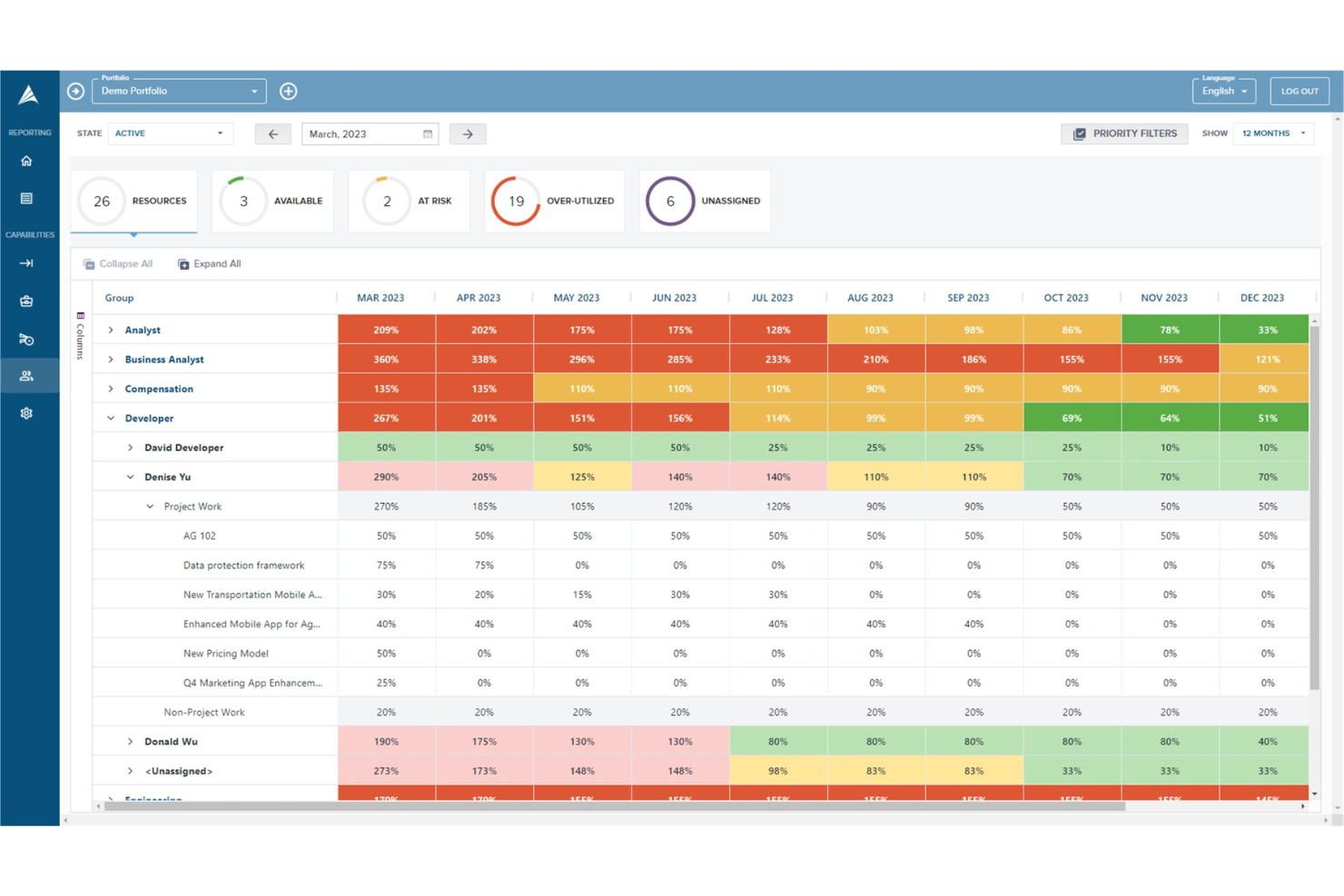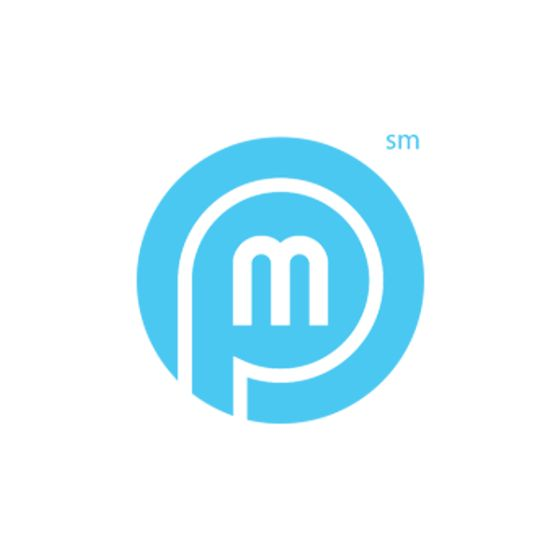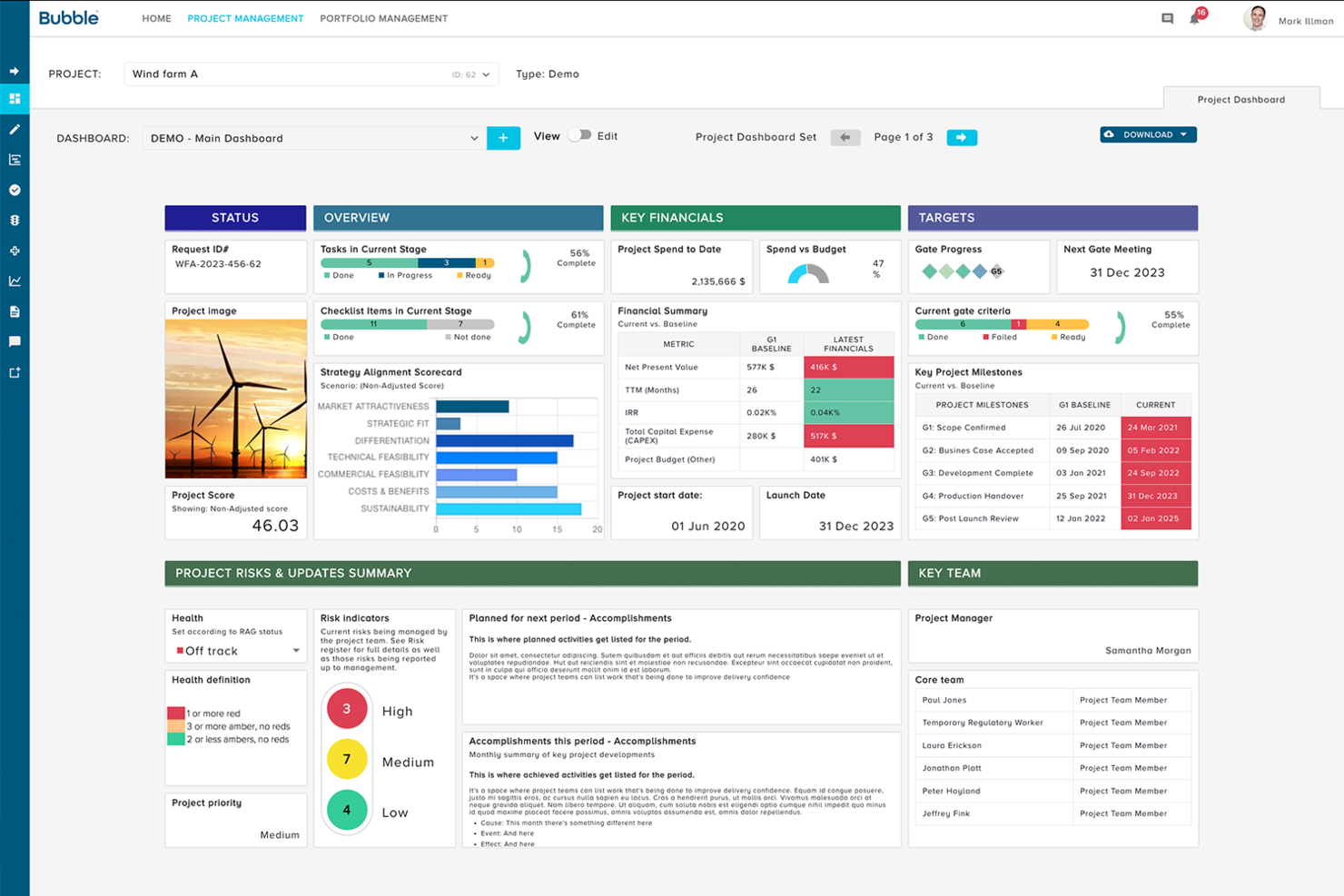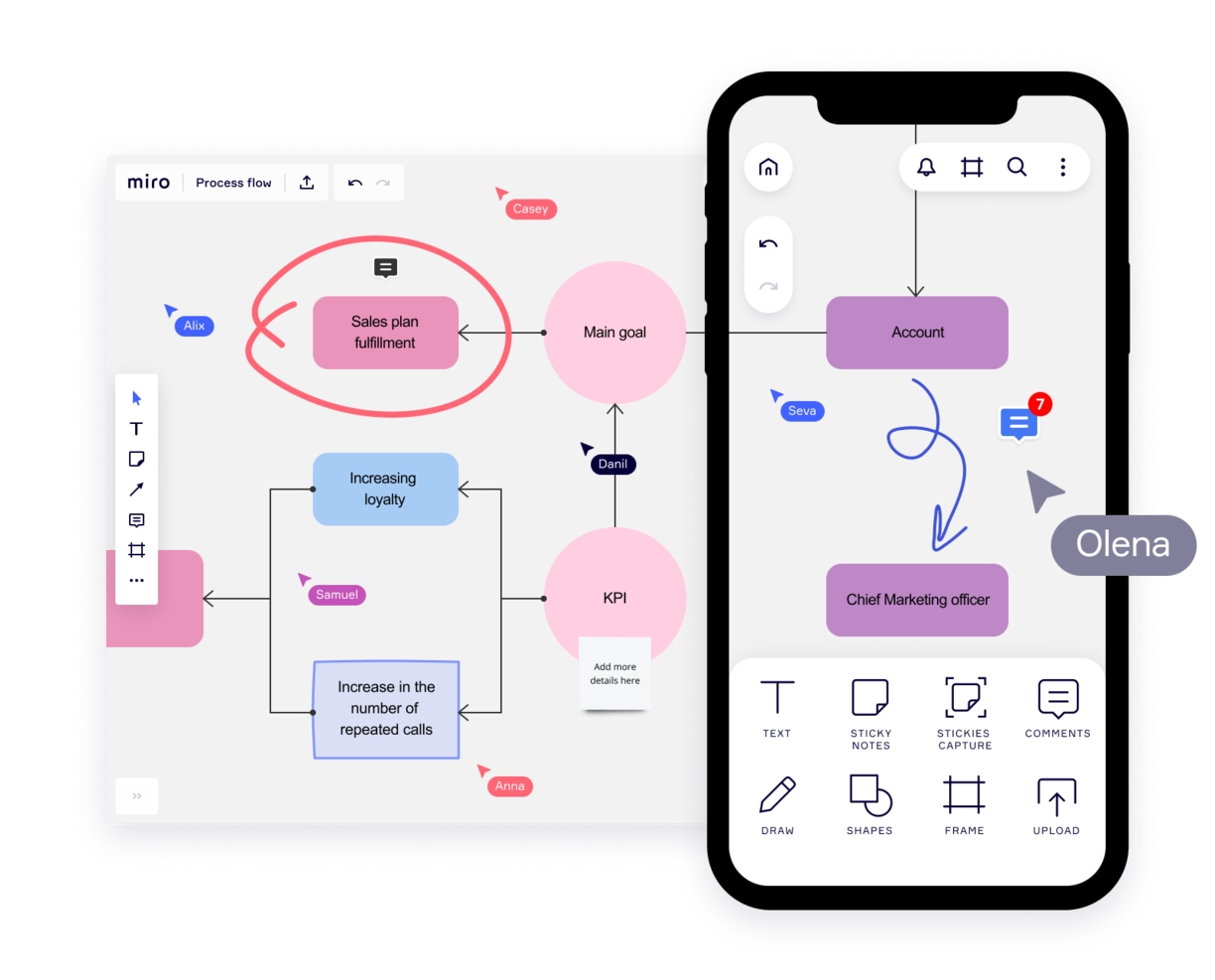15 ¿Cuáles Son las Mejores Herramientas de Gestión de Proyectos?
Here's my pick of the 15 best software from the 26 tools reviewed.
A continuación encontrarás una descripción general de la administración de estas herramientas de administración de proyectos, con capturas de pantalla, resumen de funciones, y precios.
Conceptos Básicos de la Gestión de Proyectos
¿Qué son las herramientas de gestión de proyectos?
Cuando hablamos de herramientas de gestión de proyectos, estamos hablando sobre:
- Los informes, cuadros, resúmenes, planes y documentos que un gerente de proyecto produce y utiliza para hacer su trabajo.
- Software para gestionar proyectos, que incluye funciones para generar gráficos e informes, compartir documentos, hacerle seguimiento al presupuesto, comunicarse, etc.
En esta reseña, utilizamos el término “herramientas de gestión de proyectos” para hablar sobre el software. Para obtener excelentes recursos sobre el otro tipo de herramientas (informes, gráficos, resúmenes, planes), puedes comenzar echándole un vistazo a las Guías Prácticas de The Digital Project Manager.
¿Por qué usar software de gestión de proyectos?
Ya sea que trabajemos en agencias, marketing o consultoría, sin un buen software de gestión de proyectos, nos encontraremos ahogados en un mar interminable de hojas de cálculo, ‘post-its’ y mucho papeleo. Como gerentes de proyectos, nuestro kit de herramientas podría ser lo único que nos salve del colapso total. Para que los proyectos salgan como uno espera, necesitamos las herramientas adecuadas para que así sea.
¿Qué son las herramientas ágiles de gestión de proyectos?
Las herramientas ágiles son herramientas de gestión de proyectos diseñadas para ser compatibles con cualquier metodología ágil, ya sea Scrum, Kanban, Scrumban o algún otro método híbrido. Aquí tienes algunos ejemplos de herramientas ágiles:
- Zenhub
- Taiga
- Pivotal Tracker
Descubre más herramientas ágiles en mi reseña de programas para la gestión de proyectos ágiles.
¿Cuál es el software de gestión de proyectos más fácil?
De acuerdo con las reseñas de los usuarios, estas son algunas de las herramientas para la gestión de proyectos más fáciles de usar y aprender:
- Paymo – https://www.paymoapp.com/
- Flow – https://www.getflow.com
- Teamwork – https://www.teamwork.com/
- monday.com – https://monday.com/
- 10,000ft – www.10000ft.com/
Todas han recibido muchos elogios por su navegación intuitiva, interfaz sencilla, y buenos recursos de entrenamiento que las hacen fácil de usar.
¿Es Jira una herramienta de gestión de proyectos?
Sí. Jira, una herramienta desarrollada por Atlassian, empezó como una herramienta de desarrollo de software, pero ahora es utilizada para el control de errores, la gestión de fallas, y la gestión de proyectos. Fue diseñada para ser utilizada en el desarrollo de software ágil, y ofrece funciones como tableros Scrum, tableros Kanban, hojas de ruta, herramientas para la gestión del flujo de trabajo, y herramientas para crear informes del proyecto, además de su aplicación para el desarrollo de software.
¿Cómo evalúa el software de gestión de proyectos?
Existe una relación simbiótica entre nuestras herramientas y técnicas de gestión de proyectos. Elegir las adecuadas para cada caso es una práctica continua, pero puedes comenzar viendo los criterios básicos que uso al momento de evaluar el software de gestión de proyectos:
- Interfaz de usuario: ¿está bien diseñada, con vistas claras y navegación intuitiva?
- Usabilidad: ¿es fácil de aprender? ¿La empresa ofrece capacitación, tutoriales y soporte técnico al usuario?
- Características y funcionalidad: ¿brinda las características clave de gestión de proyectos como gestión de tareas, herramientas de programación, informes, uso compartido de archivos, herramientas de colaboración?
- Integraciones: ¿se sincroniza fácilmente con otras herramientas comerciales?
- Relación calidad-precio: ¿es su precio es acorde a las características y capacidades que ofrece?
¿Acabas de darte cuenta de que no buscas un software de gestión de proyectos? Eche un vistazo a otras herramientas útiles:
- Software de programación de recursos para ayudarte a asignar equipos, salas, personal y otros recursos.
- Software de gestión de flujo de trabajo para optimizar tu colaboración, documentos y cargas de trabajo de principio a fin.
En este artículo encontrarás una reseña experta de las herramientas de gestión de proyectos para que puedas escoger el mejor software de gestión de proyectos para tus proyectos.
En las agencias digitales que trabajan de manera muy rápida, es probable que el gerente de proyecto promedio utilice una docena de aplicaciones de administración de proyectos diferentes para mantenerse al tanto de la lista de tareas, la cual se mantiene en constante cambio. Este artículo lo ayudará a reducir las opciones para seleccionar el software de PM correcto respondiendo algunas preguntas comunes y ofreciendo una comparación de las herramientas de gestión de proyectos junto con los criterios utilizados para evaluarlos.
Compara y Evalúa Rápidamente las 15 Mejores Herramientas de Gestión de Proyectos
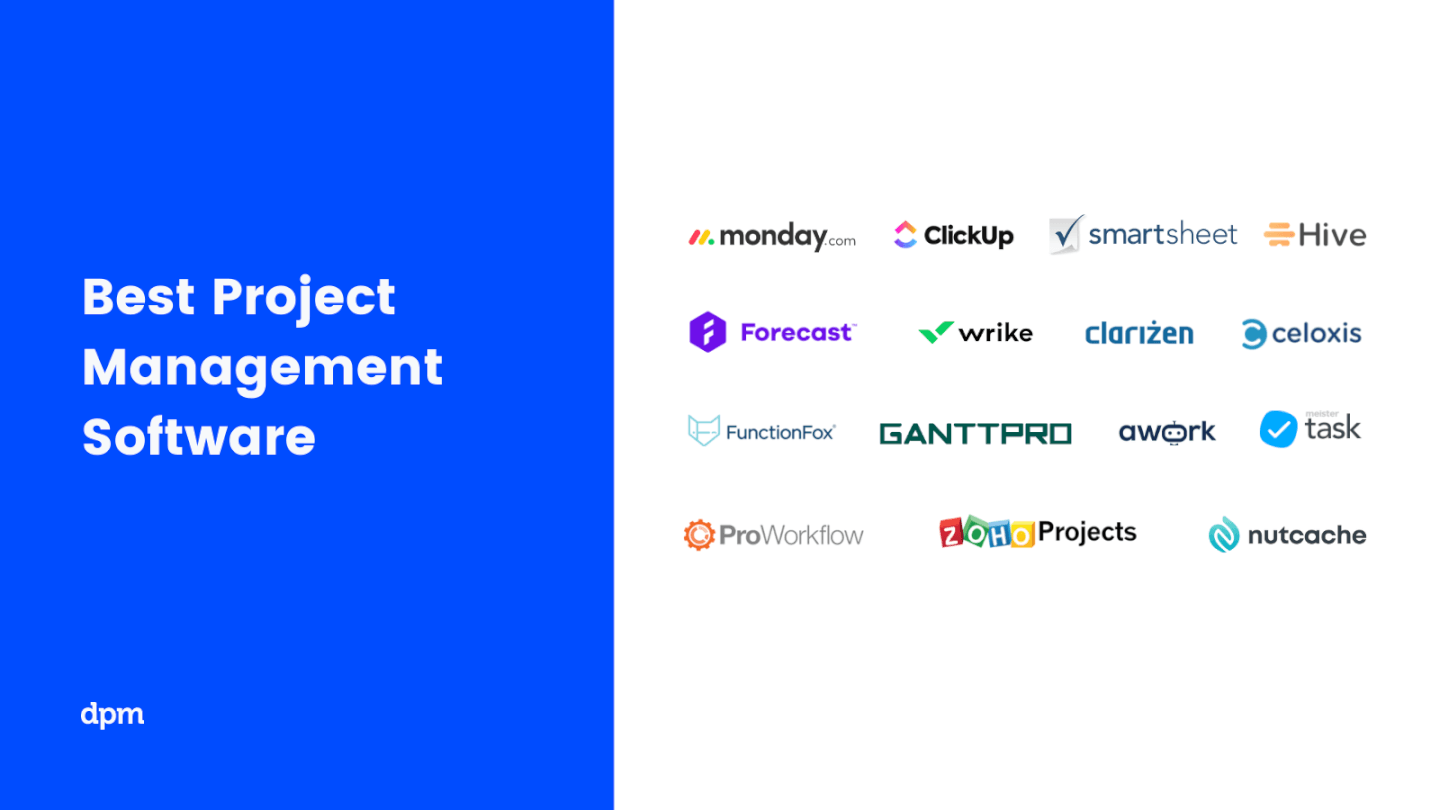
La gestión de proyectos es una industria amplia: en nuestra reseña de herramientas de gestión de proyectos hemos seleccionado las plataformas que son las mejores para las agencias. Por supuesto, algunas de estas pueden adaptarse a diferentes entornos (TI, salud, finanzas), pero estamos enfocados en cómo funcionan para los equipos digitales en las agencias. Estos incluyen:
- Proyectos de desarrollo de software
- Agencias web
- Agencias creativas
- Agencias de marketing digital (aunque es posible que tengas más suerte si visitas nuestra reseña sobre herramientas de gestión de proyectos de agencias de marketing)
Sigue leyendo para conocer el mejor software de gestión de proyectos para agencias y estudios:
The Digital Project Manager es financiado por sus lectores. Cuando haces clic en los enlaces de nuestro sitio, podríamos ganar una comisión. Más información.
-

monday.com
Visit WebsiteThis is an aggregated rating for this tool including ratings from Crozdesk users and ratings from other sites.4.6 -

Smartsheet
Visit WebsiteThis is an aggregated rating for this tool including ratings from Crozdesk users and ratings from other sites.4.4 -

Miro
Visit WebsiteThis is an aggregated rating for this tool including ratings from Crozdesk users and ratings from other sites.4.8
Reseña de las 15 Mejores Herramientas de Gestión de Proyectos
En esta publicación, hemos tratado de cubrir un amplio espectro de herramientas de administración de proyectos, teniendo en cuenta la complejidad, los precios y la funcionalidad. Pero todo se reducirá a tu flujo de trabajo y a la funcionalidad específica que necesitas para mejorar esa función. Echa un vistazo y aprovecha las pruebas gratuitas para encontrar las herramientas de gestión de proyectos que se ajustan a tu agencia o estudio.
monday.com is a project management platform that is highly customizable and can help you manage all kinds of projects and workflows. Consultant Fred Baker, who has worked with firms implementing monday.com, puts it this way: “I compare monday.com to a box of Legos because it's so adaptable and easy to figure out the basic functionality.”
Why I picked monday.com: I picked this platform because it has the capacity to automate any type of project workflow through customization. The automation center is a space where you can build automations from scratch, select templates that have predefined rules, and even leverage integrations to exchange information between monday.com and other tools in your tech stack.
However, while automations are great, you can also find plenty of features that support collaboration and will help connect your team in many ways. Workdocs will invite teams to co-author documentation, forms will let you gather feedback from external stakeholders and users, and proofing features will allow your team to close feedback loops on various project deliverables.
monday.com Standout Features & Integrations
Features include a budgeting widget that enables teams to track project costs and compare them against estimates in real-time. Additionally, monday.com’s project templates library provides industry-specific templates to streamline setup for different types of projects and ensure best practices are built into workflows from the start.
Integrations include pre-built connections to apps like Slack, Google Drive, DocuSign, Gmail, Google Calendar, Jira, GitHub, Trello, Dropbox, Typeform and many more. Additionally, you can connect to thousands of additional apps via Zapier.
Pros and cons
Pros:
- Automations are easy to create and require no coding
- Easy to connect to other tools via integrations library
- Huge focus on collaboration
Cons:
- Some views have trouble auto-updating
- The Gantt view cannot be used to build a project from scratch
New Product Updates from monday.com
monday.com Launches Autopilot Hub
monday.com introduces the Autopilot Hub, a centralized space to view, manage, and troubleshoot all automations and workflows across your organization. This enhances visibility, reduces downtime, and helps teams maintain smoother, error-free automation processes. For more information, visit monday.com's official site.
Wrike is an all-in-one project management software built to handle the demands of both small teams and large enterprises. Its platform scales with growing organizations, making it particularly well-suited for managing complex, multi-phase projects across departments. Mircea Dima, Founder & CEO/CTO of AlgoCademy, shared how Wrike supported his team’s project execution: “Wrike has been used in the management of the projects in my team. ... It gave me a clear view of project timelines and the allocation of resources on a glance. Viewing work progress in real time and being able to monitor who was assigned to a particular task and who was doing what helped make planning of the sprints and deadlines much more predictable.”
Why I picked Wrike: I picked Wrike because of its depth of project management tools that simplify workflows. For example, it offers dynamic work intelligence through AI-powered features like smart suggestions for workflow automation, task creation, comment summarization, and even risk prediction. These features are especially valuable when managing large-scale projects with many moving parts.
Wrike also makes it easy to standardize and replicate project structures with tools like blueprints, which allow teams to save full project plans (including tasks, timelines, and dependencies) as templates. This is incredibly useful for recurring projects that follow the same structure, ensuring consistency. To further support scalability, Wrike provides 24/7 global support and dedicated onboarding services that help teams quickly adopt the platform and tailor it to their needs.
Wrike Standout Features & Integrations
Features include the ability to create personalized dashboards using widgets like activity streams and pivot tables to visualize progress and workload at a glance. Wrike also has advanced proofing and approval capabilities that let you collaborate on content with built-in markup tools and approval chains that keep feedback organized.
Integrations in Wrike include 400+ pre-built native integrations that include Asana, Airtable, BambooHR, Chargify, Clearbit, HubSpot, Jenkins, Mailchimp, Replicon, Salesforce, and Slack. Additionally, you can build custom automations using its API.
Pros and cons
Pros:
- Worldclass onboarding through video walkthroughs
- Right-click context menus allow you to do more with fewer clicks
- AI features are available in all plans at no extra cost
Cons:
- Integrations come at an extra cost, regardless of the plan
- 2FA is locked behind the enterprise plan
New Product Updates from Wrike
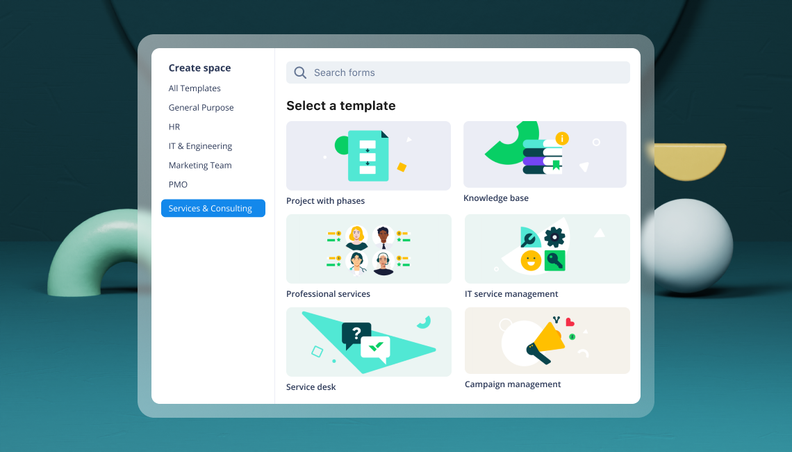
Streamlining Workspaces with New Updates
Wrike announces custom space templates, AI Agents in Wrike Labs, and a new Guage widget to improve project management. For more information, visit Wrike's official site.
Celoxis is a project management software that combines robust features with AI to simplify workflows and the delivery of projects. Its range of tools, like Gantt charts, real-time dashboards, and advanced resource management, aims to reduce workflow friction and increase project visibility.
Why I picked Celoxis: Celoxis is built to make planning and complex workflow management easier. Its AI-powered insights enhance traditional project planning by helping teams predict risks, optimize resources, and make informed, data-driven decisions. The platform can also adapt to diverse operational workflows. Whether you're managing multi-project dependencies, balancing resource workloads, or tracking financials, Celoxis has the tools.
Additionally, the platform’s proactive risk management highlights potential bottlenecks and offers actionable solutions, while predictive analytics forecasts outcomes and ensures smarter planning. With both cloud-based and on-premise deployment options, Celoxis is scalable to organizations of any size, making it a versatile solution for industries ranging from IT and consulting to construction and finance.
Celoxis Standout Features & Integrations
Features include an integrated timesheet and expense tracking feature that allows teams to log billable and non-billable hours directly within the platform for streamlined invoicing and budget management. Its scenario analysis tool lets project managers test multiple "what-if" scenarios to forecast project outcomes. Celoxis additionally offers client portals where stakeholders can view project progress, provide feedback, and upload files.
Integrations include pre-built connections with Google Drive, Outlook, Microsoft Project, Excel, Salesforce, QuickBooks, and hundreds of other tools like Jira, Azure DevOps, Slack & Trello.
Pros and cons
Pros:
- Offers a portfolio-level view with real-time dashboards
- Highly customizable and flexible for scaling organizations
- Advanced reporting and analytics, including AI forecasting
Cons:
- No mobile app available
- May not be suitable for small teams or organizations with fewer than 5 employees
Smartsheet is a dynamic work management platform designed to facilitate collaboration and automate workflows for teams of all sizes. Melissa McDonald, Managing Director at The Smart PM, describes it this way: “Smartsheet combines what Excel, PowerPoint, MS Teams, and Power BI all do—into one tool. It’s cost-effective because it can serve multiple functions within a company.”
Why I picked Smartsheet: I was particularly drawn to Smartsheet's customizable dashboard capabilities, which allow users to tailor visual displays of key project metrics. These dashboards provide a real-time snapshot of progress, performance, and priorities—so when you log in, you're immediately greeted with the data that matters most to your role.
Beyond dashboards, Smartsheet also streamlines work through automation features. For instance, if you need approval every time a task is completed, Smartsheet can automatically send a notification to the right people. This ensures all project stakeholders are in the loop and have the chance to act on time to avoid slowing down operations.
Smartsheet Standout Features & Integrations
Features include a card view functionality that enables teams to manage tasks visually in a Kanban-style layout, which is ideal for agile workflows. Its critical path feature in Gantt charts also highlights dependencies and ensures teams stay on track. Additionally, Smartsheet includes a built-in content collaboration tool that allows users to review, comment on, and approve files directly within the platform.
Integrations include Tableau, Power BI, Adobe Creative Cloud, HubSpot, Dropbox, Gmail, Jira, Okta, Slack, Microsoft Teams, DocuSign, Zapier, and UiPath.
Pros and cons
Pros:
- Facilitates collaborative project management
- Allows for automation of tasks
- Can tailor the tool to specific project management needs
Cons:
- Not ideal for simpler project management needs
- Lacks built-in time tracking
New Product Updates from Smartsheet
Smartsheet Adds Provisional Member Settings for User and Budget Control
Smartsheet has launched new Provisional Member settings in the Admin Center, giving organizations more control over user management and budget predictability. Admins can now automatically downgrade or upgrade trial users based on company preferences. For more information, visit Smartsheet's official site.
Adobe Workfront is a cloud-based work management solution designed to help teams plan, track, and manage their work efficiently. For many organizations, it serves as a central hub that keeps projects and priorities on track. Chris Sorensen, CEO of PhoneBurner, shared his experience: “Adobe Workfront is a great tool that both myself and members of our team use. It’s great for managing campaign timelines and getting creative approvals. What stood out was how it centralized project requests, priorities, and resources, which made it easier to align teams and avoid overcommitting.”
Why I picked Adobe Workfront: One of the key features of Adobe Workfront is its ability to automate workflows. The platform allows you to create customizable project templates and automate repeatable tasks, reducing manual effort and the potential for errors. This automation extends to review and approval processes, enabling sequential or parallel review stages that keep projects moving forward.
I also like Workfront's resource management capabilities. The software provides tools to accurately estimate and budget resource allocations across work initiatives. It tracks utilization to inform you when to take on new work, understand the ripple effects of resource shifts, and forecast future staffing needs.
Adobe Workfront Standout Features & Integrations
Standout features include support for various work methodologies, including Agile, Kanban, and Waterfall, providing flexibility to teams with different project management approaches. It also has centralized request queues that consolidate work requests into a single channel, making it easier to gather critical information and prioritize tasks in line with company strategy.
Integrations include Frame.io, Creative Cloud, Box, Dropbox, Google Workspace, Jira, Microsoft Calendars (Office 365/Outlook Live), Microsoft OneDrive, Microsoft Outlook, Microsoft Teams, and Salesforce.
Pros and cons
Pros:
- Customizable dashboards and reports
- Integration with BI tools like Tableau and Power BI
- Supports various project methodologies
Cons:
- Integration setup can be time-consuming
- No AI forecasting or predictive analytics
New Product Updates from Adobe Workfront
Adobe Workfront's Transition to Unified Approvals
Adobe Workfront is transitioning from Legacy document approvals to Unified Approvals through a six-month phased rollout, starting automatically on July 17, 2025. More details at Adobe Experience League.
ClickUp is a project management platform built to bring your team’s work into one organized place. It has hundreds of features and offers the flexibility to customize almost every aspect of its platform, enabling teams to execute projects with precise control over their workflow. Jeff Cypher, Strategic Services Consultant at ClickUp, highlights one of the key advantages: “One of the standout features of ClickUp is its task and document integrations, allowing for seamless workflows without leaving the platform.”
Why I picked ClickUp:
I selected ClickUp because of how well it helps you replace multiple separate tools. For example, you can assign tasks, set priorities, and track progress using views like lists, boards, and Gantt charts, while its automation tools let you set up triggers for repetitive actions, reducing manual work. The platform also includes built-in time tracking and workload management, so you can monitor team capacity and deadlines without leaving the workspace.
It's also common for teams to use a separate communication platform for project collaboration. ClickUp eliminates this need with collaborative features like document creation and editing directly within the platform, whiteboards for brainstorming, tagging features, and an integrated chat for real-time communication.
ClickUp Standout Features & Integrations
Features include ClickUp Pulse, which provides you with a breakdown of how many users were online at what time (in your timezone), who's online and who's not, and the tasks that they've recently worked on. Moreover, ClickUp’s time estimation feature helps project managers allocate resources effectively by predicting how long tasks will take.
Integrations include native ones with Slack, HubSpot, TogglTrack, Figma, Loom, Sentry, G Suite, Dropbox, Clockify, and Calendly. Additionally, you can connect to another 1,000+ apps using a paid membership with Zapier. Finally, if making custom integrations is within your reach, there is a public API you can use for it.
Pros and cons
Pros:
- Improved performance after its latest upgrade to ClickUp 3.0
- Low price compared to the number of features it offers.
- Great knowledge base with helpful articles and tutorials.
Cons:
- AI is available for an extra fee, regardless of the plan.
- Free version becomes read-only after reaching limits.
Productive is an all-in-one project management software designed for agencies. It offers comprehensive tools for managing projects, resources, budgets, and client relationships, all within a single platform. Fran Vižintin, Senior Account Executive at Productive, notes why many agencies adopt the tool: “Agencies often move to Productive from multiple single-function tools, like Asana and ClickUp, for all-in-one functionality. Productive covers project management, budget management, time tracking, and reporting, all up to invoicing.”
Why I picked Productive: Productive stands out because of its extensive and integrated features that cover the entire project lifecycle. The platform's project management capabilities include detailed task tracking, Gantt charts for visual timeline management, and a robust workload feature to balance team assignments.
The software also provides real-time budgeting and profitability tracking, enabling agency managers to stay on top of project costs and ensure profitability. Additionally, Productive offers tracking and invoicing features for accurate billing and financial transparency, as well as resource planning for allocating team time and skills effectively.
Productive Standout Features & Integrations
Features include a Sales CRM that provides a complete view of the sales funnel and helps manage client relationships and sales processes. The platform also includes a comprehensive reporting module that offers customizable reports for in-depth analysis and decision-making. Furthermore, Productive’s automation capabilities help with repetitive tasks, freeing up time for more strategic activities.
Integrations include Jira, Slack, QuickBooks, Xero, Zapier, Sage, BambooHR, Google Calendar, Rippling, and HubSpot.
Pros and cons
Pros:
- Integrated financial management and reporting
- User-friendly interface that simplifies task management
- Robust resource planning and tracking
Cons:
- Initial setup can be time-consuming
- Could have more integrations
Resource Guru is a project management tool that helps teams plan, schedule, and manage resources and equipment in one centralized view. It’s designed for organizations that need visibility into team capacity and availability, so they can assign work realistically and avoid overloading staff.
Why I picked Resource Guru: I chose this platform because it combines resource scheduling, equipment tracking, and capacity planning in a way that makes balancing workloads simple. With forecasting and utilization reports, you can anticipate future needs, prevent over-allocation, and ensure projects run smoothly. Daily updates and personal dashboards keep teams aligned without juggling multiple tools.
Resource Guru Standout Features & Integrations
Features include capacity planning dashboards, project forecasting reports, equipment management, leave tracking, and scheduling tools to allocate resources effectively. These capabilities give managers a real-time view of availability and utilization.
Integrations include Google Calendar, Microsoft Outlook, Zapier, Slack, Salesforce, HubSpot, Microsoft Teams, Jira Software Cloud, Asana, monday.com, Google Sheets, Basecamp, and more.
Pros and cons
Pros:
- Comprehensive reporting features
- Good leave management system
- Offers flexibility in managing different types of resources
Cons:
- Could offer more native integrations
- Approval workflows are limited to higher-tier plans
Copper is a hybrid CRM and project management platform purpose-built for Google Workspace users—ideal for agencies, consultancies, and service-driven businesses that manage high-touch client relationships.
Why I picked Copper: I chose Copper for its ability to unify CRM and project workflows within a single ecosystem. It's especially valuable for agencies that need to manage both sales opportunities and post-sale project work without toggling between multiple tools. Its Gmail-native design means users can interact with leads, manage tasks, and track project stages right from where they already work.
Its customizable project pipelines can be tailored to fit your team's specific processes. You can adjust sales pipeline stages, project pipelines, to-do lists, and task workflows to align with your unique operations. It also includes the ability to transition a deal into a project upon closing. This transition includes task assignments, time-based tasks, automated reminders, and workflows.
Copper Standout Features & Integrations
Features include custom reporting tools that offer insights into project progress and team performance. The system's project templates also allow for the standardization of processes, making it easier to manage similar projects across different clients. Collaborative notes and @mentions further facilitate communication among team members, ensuring everyone stays informed about project developments.
Integrations include Gmail, Google Calendar, Google Drive, Mailchimp, LinkedIn, Parallax, QuickBooks, Slack, Zendesk, DocuSign, and more.
Pros and cons
Pros:
- Integrates CRM and project management
- Chrome extension brings tools into Gmail, Calendar, LinkedIn, and more
- Ideal for Google Workspace-based client teams
Cons:
- Does not connect to Microsoft 365, Outlook, or other email platforms
- Could offer more robust project management features, like resourcing
Bonsai is a comprehensive business management platform designed to consolidate multiple functions, from project management to client and financial management.
Why I picked Bonsai: As a project management software, Bonsai uniquely caters to the multifaceted needs of agencies and other services like consultancies and professional service providers. Its interface allows users to manage projects from inception to completion, integrating tools for drafting proposals, managing contracts, and processing payments. This integration reduces the need to switch between multiple tools, which can be especially useful for agencies working with multiple clients.
Furthermore, Bonsai stands out with its robust time tracking and financial reporting features. These tools help businesses keep a close eye on project hours and budgets, which is crucial for maintaining profitability. The platform also supports multiple currencies and tax settings, which is invaluable for those working with international clients.
Bonsai Standout Features & Integrations
Features include automated invoice generation, which simplifies the billing process by allowing users to create and send invoices directly within the platform. Additionally, the task management tool enables users to assign tasks, projects, and clients to different team members and external collaborators, set deadlines, and track progress, ensuring projects stay on schedule.
Integrations include Gmail, Google Calendar, Zapier, Slack, QuickBooks Online, Calendly, ClickUp, Trello, Google Drive, Google Sheets, Xero, HubSpot, and more.
Pros and cons
Pros:
- Client portal helps manage multiple clients
- Offers high-quality customizable templates
- Automation for tasks like recurring invoices
Cons:
- May not be best for scaling operations
- Lack of advanced features
Zoho Projects is a work management tool built as part of the larger Zoho ecosystem, offering a centralized space for organizing project tasks, timelines, and team collaboration. It’s designed to support teams through every stage of a project, from planning and execution to delivery.
Why I picked Zoho Projects: I picked Zoho Projects because it integrates tightly with the broader Zoho Suite, making it ideal for teams already using tools like Zoho CRM, Zoho Books, or Zoho Invoice. This integration allows your project data to flow directly into related systems—your support tickets can feed into tasks, your CRM deals can be linked to projects, and time logged in projects can show up in your invoices.
The platform also stands out with built-in tools for planning and tracking complex project workflows. You can create task lists and subtasks, set task dependencies, assign priorities, and visualize everything using Gantt charts. There’s also a workload management view that shows how much each team member has on their plate, helping you avoid overloading anyone.
Zoho Projects Standout Features & Integrations
Features include advanced dependency management with four types of task dependencies (Finish-to-Start, Start-to-Start, Finish-to-Finish, Start-to-Finish) for precise scheduling and planning. Additionally, Zoho Projects' in-built SLA tracking for tasks ensures deadlines are met by automatically monitoring response times and escalating delays to keep projects on track.
Integrations include several of Zoho’s other services, such as Zoho Books and Zoho’s finance suite. The new Zoho marketplace allows third-party integrations as well, like Microsoft Office 365, Microsoft Teams, Google Drive, Zapier, Zendesk, and ServiceNow. Integrations via Zapier and Zoho Flow are also supported.
Pros and cons
Pros:
- Time-track multiple tasks at once
- Easy workflow automations
- Unlimited number of projects
Cons:
- Lack of file type export options
- Does not integrate with Quickbooks
Quickbase is a no-code platform that helps teams manage complex projects by centralizing data, automating workflows, and providing real-time insights.
Why I picked Quickbase: Quickbase’s platform versatility makes it a strong option for project management leaders, especially for teams juggling a variety of project types, stakeholders, and workflows. You can build custom applications without code, which means you’re not stuck using rigid templates or predefined processes. This is especially useful when managing cross-functional projects that require tracking different data sets, workflows, or team roles within the same platform.
Beyond this flexibility, Quickbase includes features that support detailed oversight and execution. You can automate repetitive processes to cut down on manual steps, assign permissions based on roles to keep data secure, and track project health with reporting tools.
Quickbase Standout Features & Integrations
Features include advanced governance tools that allow organizations to maintain compliance by tracking and auditing workflows, ensuring adherence to regulatory standards. Additionally, Quickbase offers real-time collaborative app-building that enables teams to work together to design and refine processes, fostering innovation and reducing development time.
Integrations include Outlook, Microsoft Teams, Google Workspace, Slack, Box, Dropbox, OneDrive, Trello, Asana, Jira, Zendesk, and Docusign, among others.
Pros and cons
Pros:
- Highly customizable and flexible to suit various contexts
- On-premise options with enterprise level plans
- FDA & HIPAA compliance with higher-tier plans
Cons:
- Some features come as paid add-ons
- Not all integrations are available with all plans
Acuity PPM is a project portfolio management platform designed to replace cumbersome spreadsheets with a centralized system for planning, prioritization, and reporting. It helps organizations align projects with strategic goals while providing clear visibility into resources, budgets, and risks.
Why I picked Acuity PPM: I picked Acuity PPM because of its strong resource capacity planning tools. When managing multiple projects, it gives you a real-time view of team availability and workload, making it easier to avoid over-allocation. I also like its project intake and scoring features, which help you decide which initiatives to prioritize based on strategic value and resource feasibility. This makes it especially useful for PMOs and organizations balancing limited capacity across competing priorities.
Acuity PPM Standout Features & Integrations
Features include a portfolio roadmap to visualize timelines and milestones, project scoring tools to evaluate value and risk, and centralized portfolio tracking for real-time reporting. The work intake feature ensures only the right projects enter the pipeline, while resource capacity planning highlights bottlenecks and improves allocation decisions.
Integrations include monday.com, Asana, Smartsheet, Jira, Trello, and Wrike.
Pros and cons
Pros:
- Intuitive dashboards for quick adoption
- Effective project prioritization tools
- Strong portfolio-level visibility
Cons:
- Higher price point for smaller teams
- Limited customization options
Bubble PPM is a project and portfolio management solution that’s highly customizable and scalable to meet the needs of mid-sized to large companies and businesses in growth mode.
Why I picked Bubble PPM: This software made it onto my list because of its suitability for managing project portfolio strategies. It combines resource, project, portfolio, and strategy management tools for a comprehensive solution. What’s nice about this software is just how customizable it is—users can set up unique dashboards, reports, and tools to support their project tracking and management.
By leveraging a modular and permissions-based platform, the software is easily tailored to various organizational needs. But it can also grow and evolve as the company's needs change, which is useful for scaling mid-sized businesses. I also like that the system offers a range of out-of-the-box tools based on best practices from their many years as a specialist consultancy, so that teams can hit the ground running.
Bubble PPM Standout Features & Integrations
Features include scenario modeling tools that enable teams to analyze different project portfolio configurations and make informed decisions based on resource availability and strategic priorities. Its "Strategic Alignment Score" feature also allows organizations to evaluate projects against business goals to ensure that the portfolio focuses on high-value initiatives.
Integrations include over 400 native integrations with apps like SAP, JIRA, Confluence, MS Teams, Slack, Salesforce, Hubspot, Sailpoint, Power BI, and SSO/MFA. Plus, you can build your own integrations with their powerful API.
Pros and cons
Pros:
- Project and portfolio management in one
- Real-time updates and summaries of projects
- User-friendly interface, easy to learn
Cons:
- Limited dashboard color customization
- Substantial implementation efforts may be necessary to get started
Miro is an online collaborative tool designed to help teams visualize, brainstorm, and plan together. It supports a variety of industries and use cases, offering an intuitive space for ideation and project execution.
Why I picked Miro: Miro offers an interactive whiteboard environment where you can add sticky notes, diagrams, and flowcharts in real time with your team. Its drag-and-drop functionality makes it easy to organize ideas and create workflows. You’ll also find features like infinite canvas, pre-made templates, and real-time collaboration tools, all optimized for brainstorming and planning sessions. These tools make it especially effective for creative and strategic work that requires input from multiple stakeholders.
Standout features & integrations:
Features include advanced visualization tools like timeline and roadmap templates that enable teams to structure projects with clear milestones and deadlines. Additionally, Miro’s frameworks for agile practices, such as sprint planning and retrospectives, provide structured support for project methodologies.
Integrations include Jira, Asana, Microsoft Teams, Slack, Google Drive, Dropbox, Confluence, Trello, ClickUp, and Zoom.
Pros and cons
Pros:
- Built-in communication features for streamlined collaboration
- Intuitive and easy setup
- Free forever plan available
Cons:
- Free version does not allow high-quality export to pdf
- Zooming can be jumpy on larger projects
- Visitor/guest accounts locked to paid plans only
Resumen de las Mejores Herramientas de Software de Gestión de Proyectos
A continuación, he aquí un resumen de las mejores herramientas y software de gestión de proyectos disponibles en el mercado.
| Tool | Best For | Trial Info | Price | ||
|---|---|---|---|---|---|
| 1 | Best for workflow automation | 14-day free trial + free plan available | From $8/user/month (billed annually) | Website | |
| 2 | Best for large projects and scaling | Free plan available | From $10/user/month (billed annually) | Website | |
| 3 | Best for simplified planning and workflows | 14-day free trial + free demo available | From $10/user/month (billed annually) | Website | |
| 4 | Best for customizable dashboards | 30-day free trial available | From $9/user/month (billed annually) | Website | |
| 5 | Best for customizable project templates | Free trial available | Pricing upon request | Website | |
| 6 | Best for replacing multiple separate tools | Free plan available | From $7/user/month (billed annually) | Website | |
| 7 | Best for agency projects and budgeting | 14-day free trial | From $9/month (billed annually) | Website | |
| 8 | Best for preventing over-allocation | 30-day free trial | From $4.16/user/month (billed annually) | Website | |
| 9 | Best for agencies streamlining sales to delivery | 14-day free trial | From $9/user/month (billed annually) | Website | |
| 10 | Best for end-to-end agency projects | 7-day free trial | From $9/user/month (billed annually) | Website | |
| 11 | Best for integration with Zoho Suite | Free plan available | From $4/user/month (billed annually) | Website | |
| 12 | Best for platform versatility | 30-day free trial | From $35/user/month (billed annually, min 20 users) | Website | |
| 13 | Best for resource capacity planning | 14-day free trial | Pricing upon request | Website | |
| 14 | Best for portfolio management | 14-day free trial | From $17/user/month | Website | |
| 15 | Best for collaborative whiteboards | Free plan available | From $8/user/month (billed annually) | Website |
Otras Herramientas de Software de Gestión de Proyectos Para Considerar
Aunque no se incluyen en esta revisión del software de gestión de proyectos, a continuación hay una lista de opciones de herramientas de gestión de proyectos adicionales. Revísala si aún buscas el mejor software de gestión de proyectos para tu agencia o estudio:
- Microsoft Project
For teams using Microsoft 365
- Rocketlane
Client portals for sharing insights
- Dock
For customer collaboration management
- Nifty
For milestone tracking
- MeisterTask
For simple project management
- Kintone
For custom applications
- Backlog
For software developers
- Teamwork.com
For remote teams
- ProjectManager
For real-time project tracking and insights
- Jira
For cross-team project tracking
¿Necesitas Ayuda Para Reducir las Opciones?
Esta herramienta es bastante útil. Nos hemos asociado con Crozdesk para brindarte acceso a su “Buscador de software”.
Si ingresas algunos de los detalles sobre tu proyecto y las funciones que buscas en una herramienta de administración de proyectos, generará una lista de herramientas que coinciden con tus preferencias. Sólo debes proporcionar tu correo electrónico y te enviarán una bonita guía en PDF con un resumen de las mejores coincidencias.
Los Mejores en su Clase – Programas de Proyecto de Una Sola Faceta
¿Pero cuál es la ‘herramienta de gestión de proyectos correcta?’ Hay muchas herramientas que hacen un solo trabajo relacionado con el proyecto, excepcionalmente bien. Estas son las herramientas especializadas en la planificación y programación de proyectos, seguimiento de hitos, comunicación, gestión de tareas, informes, etc. Herramientas como Slack, Microsoft Project, Harvest y Dropbox son ejemplos de estas herramientas especializadas. Las herramientas especializadas pueden ser excelentes, especialmente para un equipo pequeño o cuando se trabaja con requisitos sencillos o pocos clientes.
Las Herramientas de Gestión de Proyectos te Permiten Trabajar de Manera Más Inteligente
Sin embargo, si no eres cuidadoso, terminarás con una colección de programas de proyecto SaaS online que no guardan relación alguna y que no se sincronizan correctamente. Si usas una herramienta para la comunicación, otra para compartir archivos y otra más para la gestión de tareas, terminarás ingresando los mismos datos en cada aplicación.
¿Tal vez existe una mejor manera? En lugar de usar herramientas dedicadas y unirlas manualmente, utiliza una herramienta de administración de proyectos que incorpore la funcionalidad de datos compartidos. Esto facilita una mejor información, comunicación contextual y una gestión más directa de los equipos de proyectos y clientes.
¿Qué Hace Que Una Herramienta de Gestión de Proyectos Sea Buena?
Al definir una buena herramienta de gestión de proyectos digitales, nos centramos en herramientas que facilitan el aspecto de “hacer” de un proyecto. Eso significa reunir a la gente para crear algo increíble para el mundo digital.
Entonces, ¿qué se necesita para entregar un proyecto digital? Hemos identificado cinco aspectos clave de la funcionalidad que creemos que facilitan la entrega de proyectos digitales. Puedes usarlos para deshacerte de tus ‘post-its’, hojas de cálculo y correos electrónicos, y para ejecutar los proyectos de manera más eficiente.
- Listas de tareas: los proyectos se componen de subtareas y sub-subtareas, listas y tareas pendientes. Ser capaz de delinear lo que se necesita hacer, cuándo, quién lo hace, es fundamental para que un proyecto se desarrolle bien.
- Cronogramas: los cronogramas, calendarios y diagramas de Gantt te ayudan a saber dónde encajan las tareas dentro del esquema amplio de un proyecto. Esto es clave para poder entregar un proyecto a tiempo.
- Uso compartido de archivos: a nadie le gusta perder el tiempo tratando de buscar archivos aleatorios. La capacidad de organizar y compartir archivos y activos clave del proyecto es importante para entregar un proyecto de manera eficiente.
- Comunicación: la comunicación contextual específica del proyecto para analizar rápidamente las cosas y chatear con tu equipo y el cliente es vital para mantener las tareas en el buen camino.
- Informes: como gerentes de proyecto, nuestro trabajo es saber si nuestro proyecto está o no encaminado. Por lo tanto, es esencial saber cómo avanzan las tareas de un proyecto, ¿se entregará a tiempo o no?
Pero Aún Faltan Cosas…
Sí, muchas. Con cualquier software de gestión de proyectos, debes trazar una línea entre lo que es esencial y lo que no. En nuestros criterios para las herramientas de gestión de proyectos, nos hemos centrado en la ejecución de un proyecto. Eso significa que no nos hemos centrado en la planificación, facturación u otra funcionalidad. Por esa razón, no nos hemos centrado en la estimación previa al proyecto o en los aspectos posteriores al proyecto del software de gestión de proyectos. Consulta nuestro artículo sobre las mejores herramientas de programación de recursos, si eso es lo que buscas. Dicho esto, hay muchas similitudes entre estas herramientas. Hemos tratado de resaltar la funcionalidad o características que, para nosotros, las hacen únicas.
¿Qué Opinas?
¿Qué crees que nos falta en esta reseña de herramientas de gestión de proyectos? ¿Tienes otros criterios para elegir una herramienta de gestión de proyectos para tu agencia o estudio? Nos encantaría saber si tienes alguna sugerencia, consejo o idea sobre el uso de este tipo de software de. ¿Por qué no los compartes en los comentarios?


